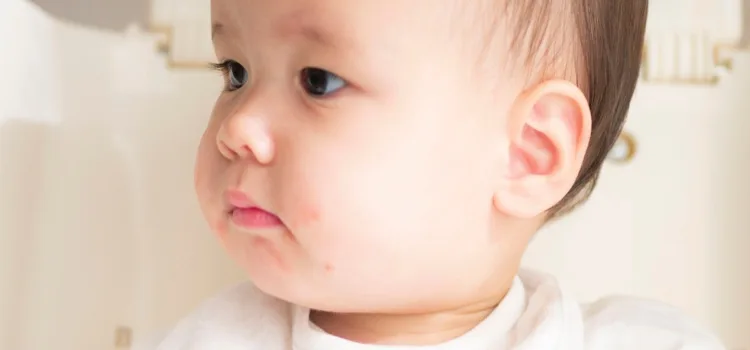
Teething Rash: Causes, Symptoms, and Treatment

This blog has been reviewed and approved by Dr Robert Lee, a dental professional of 35 years
Table of Contents
Key Takeaways
- Babies drool more often during teething.
- Excessive saliva can cause a teething rash.
- Teething rash appears as small, red bumps on the chin, cheeks, neck, and chest.
- Limit irritation with bibs, clean washcloths, and gently dabbing away drool.